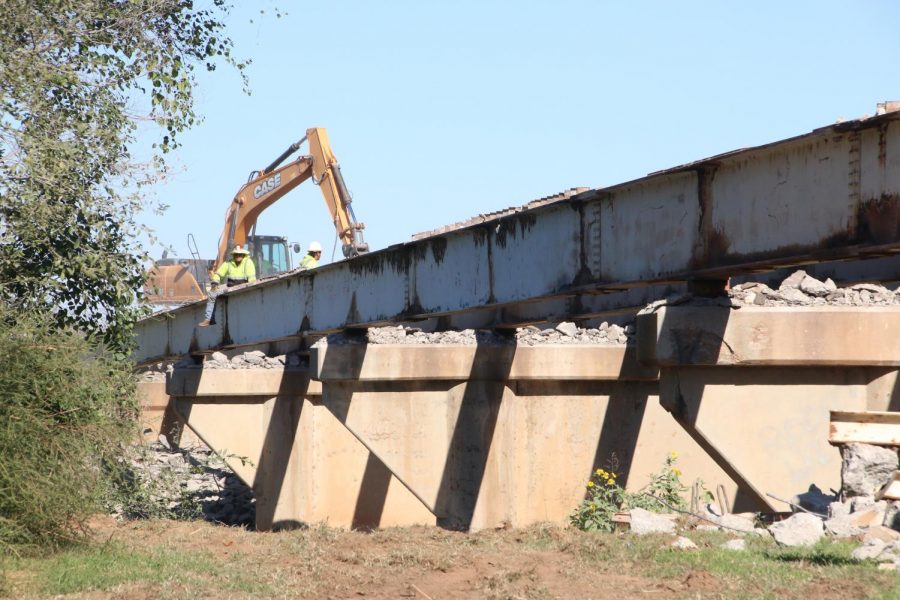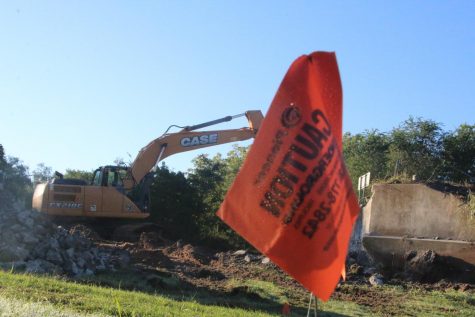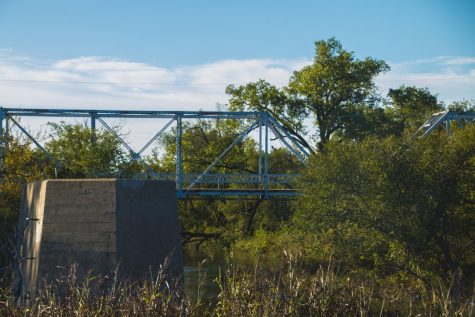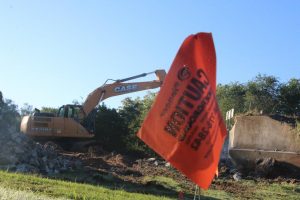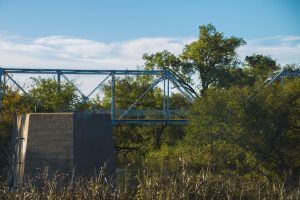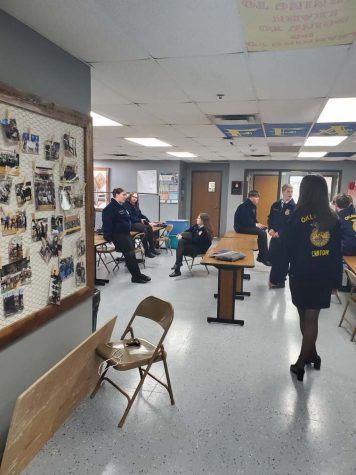How to Build a Bridge
The construction of a bridge depends on where it is located. One of the most difficult areas to build a bridge is over a body of water. Whether it is a shallow river or a deep lake, the water adds an extra level of difficulty and danger.
If the bridge cannot reach across the water then it will need intermediate supports called piers. These are the supports sticking out of the water underneath the bridge. For most permanent bridges, it is most common to sink the pier through the water and into the earth below. If the water is shallow, individual piles or a precast concrete pile group can be driven into the ground. Piles resembled telephone poles and were traditionally made from timber. Although they could be durable in anaerobic conditions (lack of free oxygen and filled with atomic oxygen), piles were considered more durable and stronger when made out of concrete.
To drive the piles into the ground, they are loaded onto barges equipped with pile drivers, specifically made to drop an anchor and drive a pile or pile group underground. Pile drivers can also be used to drive a battered pile group. A battered pile group has about six smaller piers that slightly spew outwards when sunk into the ground, giving more stability to the piles.
In building larger bridges, which will require supports stronger than a mere few piers, a more large-scale pile foundation would be needed. In order to build the foundation, a cofferdam will be needed. A cofferdam is a steel box built in the water and is made nearly water tight. The water is then pumped out, lowering the water level, until the ground is reached. The deeper that the cofferdam is, the more shoring, or bracing, would be necessary to prevent the sides from caving in. This enables the engineers to work on semi-solid ground, considering it would be a muddy mess, to build the foundation.
The easiest part of building a bridge, is adding the surface. After building and driving the piers and piles into the ground, adding the bridge nothing but a chip off the ol’ shoulder. Sections of the bridge are most often floated to it, and placed by cranes on barges on piers. This is continued until the bridge is complete and ready to be driven on.

